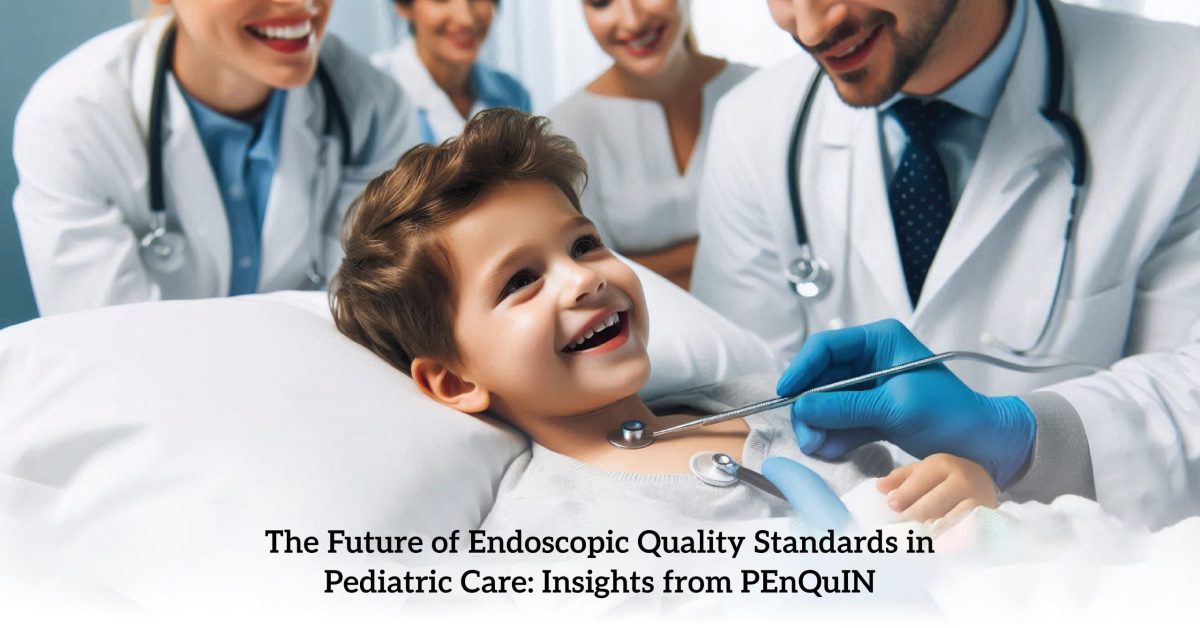Introduction
Endoscopy is an essential element in the diagnosis and treatment of gastrointestinal diseases in children, and therefore specific standards for pediatric endoscopy should be established as they considerably deviate from those in adults’ practice. It is not correct to regard children as ‘small adults’ since they require specific medical treatment because of their physiological and developmental variations. Realizing the importance of subspecialist supervision in the treatment of such cases, the Pediatric Endoscopy Quality Improvement Network, or PEnQuIN, was formed. This global project aims to establish quality standards and measurements for pediatric gastrointestinal endoscopy straightforwardly. These standards, when well adopted, will determine the future of endoscopic care in pediatrics, as children deserve to be given the best care they can receive. This article takes a deeper look at PEnQuIN to understand how and why this is laying the groundwork for future pediatric endoscopic quality indicators.
The Need for Endoscopy Consensus Demands a Pediatric Focus
There are certain peculiarities of endoscopic interventions in children for which the equipment used, the algorithms, and the skills of the endoscopist should be different. Pediatric patients’ anatomy and disease processes are different from those of adults; children have smaller airways, altered bowel patterns, and quite different pathologies; all these require changes in the approach to endoscopy and instruments. In addition, some psychological signs that must be observed in handling children include a reduction in trauma and anxiety. To avoid such complications, PEnQuIN has put in place several standards that are particular to pediatric patients to put the endoscopists in a position to handle the patients safely.
Evolution of PEnQUIN Standards
To develop PEnQuIN standards, both rigorous steps like the formation of the various tables and extensive teamwork involving the cooperation of experts from different disciplines and countries were taken into consideration. This activity involved 31 centers from 11 countries, thereby underscoring the global aspirations of the endeavor to enhance pediatric endoscopic practice. The above standards were established using the Appraisal of Guidelines for Research and Evaluation (AGREE) II; this ensured that the guidelines followed a proper methodology as well as being backed up by research findings.
The PEnQuIN focuses on several aspects, such as endoscopists’ education and training, endoscopy-related anesthesia matters, endoscopic instruments and approaches, as well as the ways of complication handling. These guidelines are meant to be comprehensive and general so that they can be used in any healthcare facility anywhere in the world.
